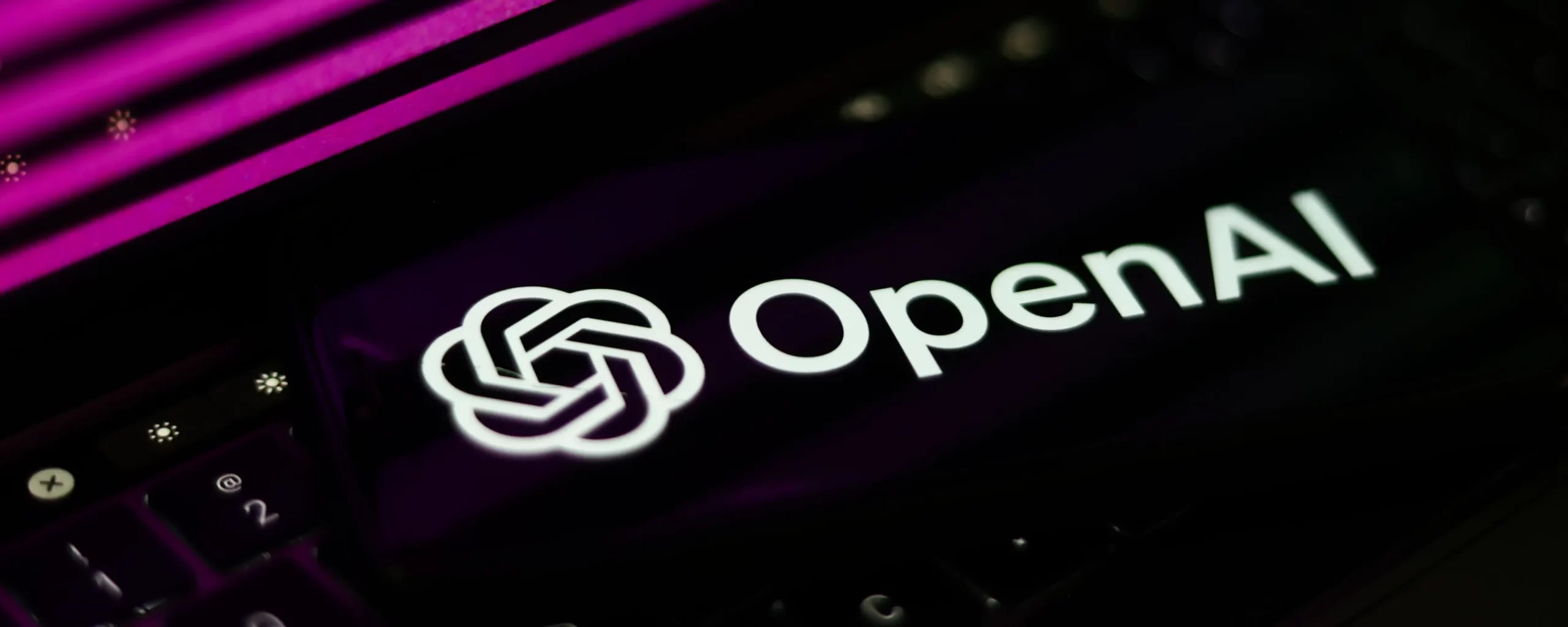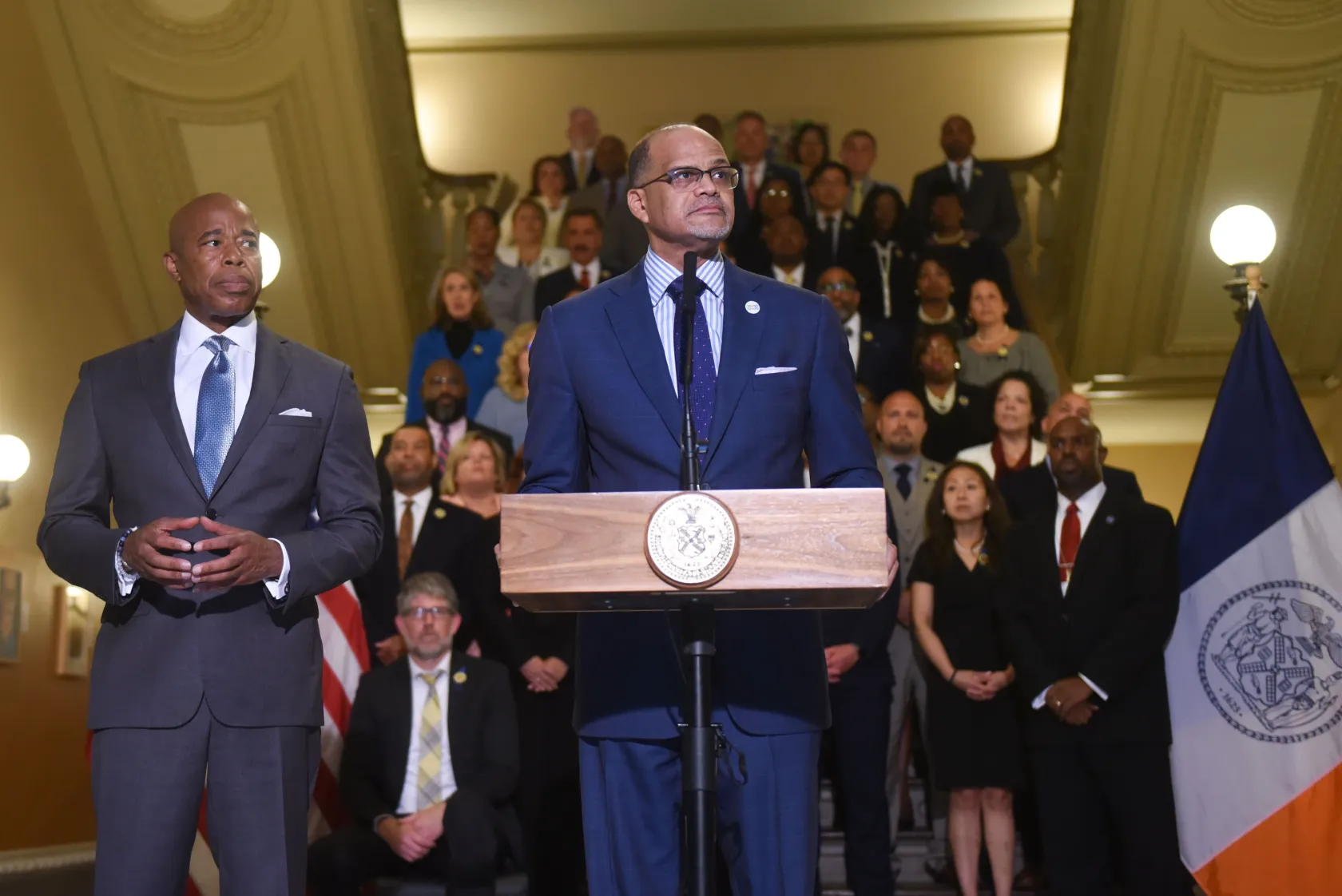
David C. Banks, Chalkbeat New York
As Chancellor of the nation’s largest school system, New York City Public Schools, I anticipated starting 2023 by continuing the crucial work of ensuring every student can read proficiently, preparing each student for well-paying jobs, and providing quality schools that are safe, welcoming, and supported by the entire community.
Naturally, our best-laid plans are sometimes disrupted by the advance of technology and innovation.
In November, OpenAI introduced ChatGPT to the public, unleashing the power of generative artificial intelligence and other programs that use vast data sets to generate new and original content. Due to potential misuse and concerns raised by educators in our schools, ChatGPT was soon placed on New York City Public Schools’ list of restricted websites. This doesn’t prohibit its use entirely, but it does require schools to request access for staff and students; websites like YouTube, Netflix, and Roblox share this classification.

Like many others, we had much to learn about the promise and perils of AI in our schools and communities. We have embarked on this journey and are eager to proceed hand-in-hand with our community — knowing that other districts will be looking to New York City schools for guidance.
Our team began discussions with tech industry leaders about their platforms’ potential and the future possibilities for schools, educators, and students. Most importantly, we consulted our most trusted experts — citywide educators, many of whom had already started teaching about the future and ethics of AI, thanks to the Computer Science for All initiative in our schools, while using generative AI to enhance their teaching.
For example, students at a Queens middle school are debating ethical issues surrounding AI prejudice while participating in teacher-supported activities to learn about its potential, such as asking ChatGPT questions and researching the accuracy of its answers. Teachers at this middle school are experimenting with AI to create personalized lesson plans and grade papers. This school is merely one example of many we found among our educators.
While initial caution was justified, it has now evolved into an exploration and careful examination of this new technology’s power and risks.
New York City Public Schools will encourage and support our educators and students as they learn about and explore this game-changing technology while also creating a repository and community to share their findings across our schools. Furthermore, we are providing educators with resources and real-life examples of successful AI implementation in schools to improve administrative tasks, communication, and teaching. We will also offer a toolkit of resources for educators to use as they initiate discussions and lessons about AI in their classrooms. We’ll continue to gather information from experts in our schools and the field of AI to further assist all our schools in using AI tools effectively.
As we celebrate the global Day of AI on May 18, we are putting this work at the forefront. Using resources developed by MIT, we encourage all schools to engage students in activities exploring how artificial intelligence has already impacted their lives and the broader issues it presents to our society.
Our nation is potentially on the brink of a significant societal shift driven by generative artificial intelligence. We must make sure that this technology’s benefits are equitably distributed to prevent further widening of socioeconomic gaps in our country. We will educate our students about the significant ethical concerns that many leaders in tech and government are contemplating, which both educators and students are already discussing in their classes. However, we will also ensure our students are supported by AI’s opportunities and prepared for the jobs of today and the future. Many of those opportunities will be built on technological innovations — both AI and innovations we do not yet know.
David C. Banks is the Chancellor of New York City Public Schools.
Chalkbeat is a nonprofit news site covering educational change in public schools.









Step one is to ban it. Step two is to embrace it.
A ton of edu-speak here. Plus, it’s About a month behind everyone else, which, considering the power of this technology, is akin to years.
This caught my eye though:
“Teachers at this middle school are experimenting with AI to create personalized lesson plans and grade papers.”
What does “grade papers” refer to? If multiple choice, that’s been conquered years (decades?) ago. If essays, this seems impossible.
I could be wrong, but I thought it meant that teachers are going to program AI to grade their student’s papers.
“AI-art generators are trained on enormous datasets, containing millions upon millions of copyrighted images, harvested without their creator’s knowledge, let alone compensation or consent. This is effectively the greatest art heist in history. Perpetrated by respectable-seeming corporate entities backed by Silicon Valley venture capital. It’s daylight robbery. ” From an open letter written by the Center for Artistic Inquiry and Reporting. Signed by writers and artists including Chris Hayes, (V) Eve Eisler and Naomi Klein.